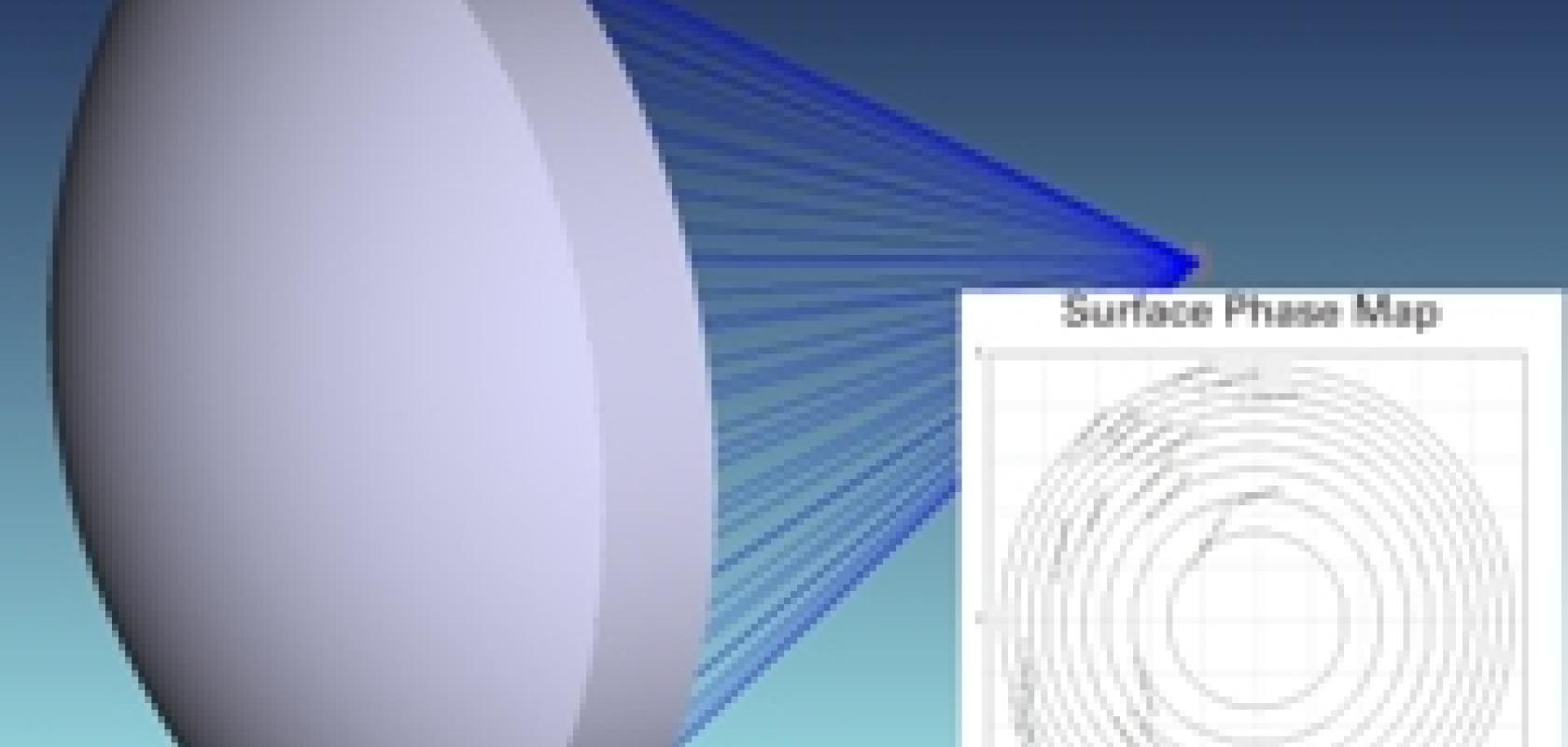Radiant Zemax has introduced a new release of its Zemax ray-tracing optical-design framework with access to over 4,000 lenses from Edmund Optics' stock lens catalogue. The software helps optical system engineers complete optical-product designs quickly and efficiently, and provides simulation of actual system performance. By using a ray-tracing algorithm to test system performance computationally, the Zemax software allows engineers to iteratively optimise both lens selection and physical system layout.
Being able to choose from Edmund Optics' vast array of optical components such as Techspec laser-line coated plano-convex (PCX) lenses and Techspec infrared (IR) achromatic lenses to the company's line of aspheric optical elements, assures designers the best chance of finding the right stock components for any application. These stock components have proven designs manufactured to exacting quality standards in quantities that assure the lowest possible prices. Edmund Optics' stock lens catalogue is now available directly in Zemax's non-sequential mode helping engineers analyse stray light, scattering and illumination in both imaging and non-imaging systems.
Aspheric lenses are an essential solution for optical systems looking to reduce element count, satisfy weight requirements and increase performance. Zemax makes it easy to design with aspheres and EO has supported the effort by adding over one hundred new aspheric lenses. New additions include UV-grade fused silica precision aspheric lenses for biomedical applications, germanium aspheric and hybrid aspheric lenses for applications in mid and long-wave infrared regions, and Techspec plastic hybrid aspheric lenses.
In the event that a custom component is needed, Zemax helps the designer develop the necessary specifications addressable by Edmund Optics' global manufacturing capabilities. The software's new surface curvature and surface curvature cross-section plots provide new insight into the behaviour of aspheric surfaces and a new SCUR operand provides control of surface curvature during optimisation.
The Zemax software release provides expanded multiprocessor support to take advantage of cloud computing and conventional supercomputers. The 64-bit version supports parallel processing with up to 64 CPUs. This allows Monte Carlo simulations with up to 64 rays simultaneously, vastly reducing simulation runtime. Faster simulations make the design optimisation process run faster and more efficiently. It also speeds up tolerance-sensitivity analysis, helping optical system engineers to complete optical-product designs quickly and efficiently.


